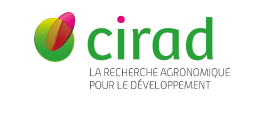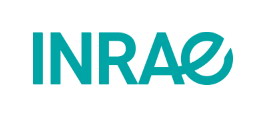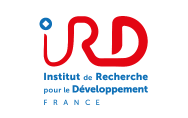Hydraulic management, optimization and water transfer supervision
This team ("Hydraulic Management, Optimization and Supervision of Water Transfers") comprises a dozen researchers, PhD students, engineers and technicians and conducts research on the management of free-surface hydraulic systems such as irrigation canals, streams, rivers and sanitation networks. The disciplines involved are hydraulics, hydrology, optimization, automation and data assimilation. The spatial scale begins at local structures (water intake, weirs, valves) and goes up to the whole watershed. The time scale ranges from minutes to several months. This team is made up of a dozen researchers, PhD students, engineers and technicians.
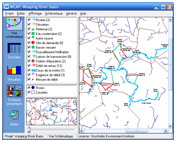 The term "Optimization" ranges from optimization of water towers to that of an irrigated perimeter, optimization of the parameters of automatic controllers, but also the optimal design of infrastructure (choice and positioning of control structures, canals sizing, etc.), and the optimal positioning of sensors. The management of dams also uses deterministic or stochastic optimization approaches.
The term "Optimization" ranges from optimization of water towers to that of an irrigated perimeter, optimization of the parameters of automatic controllers, but also the optimal design of infrastructure (choice and positioning of control structures, canals sizing, etc.), and the optimal positioning of sensors. The management of dams also uses deterministic or stochastic optimization approaches.
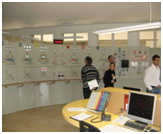
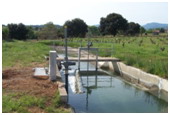
The term "Supervision" also refers to a project that is already completed that culminated with the interfacing of our hydraulic modeling software SIC2 and the supervision of the Gignac canal (CPER project and GIS Gignac).
The term "Supervision" refers the problem of real-time use of data measured in the field and their exploitation for management, using data assimilation techniques. Management includes the detection of problems or failures, the reconstruction of unmeasured inputs, the reconstruction of the internal states required for estimation and prediction.
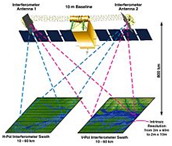 The data can come from in-situ measurements, or remote sensing.
The data can come from in-situ measurements, or remote sensing.
The future SWOT satellite, CNES-NASA mission
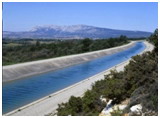 The term "Water Transfer" means that the systems we are interested in are not only irrigation canals, but also natural streams and rivers in France and abroad, management networks, sanitation networks, watersheds, and exotic systems. Such systems interest this team as long as they include dams, valves, weirs, pumps, and consequently management problems. These general objectives necessarily include the specificities related to the context of hydro-agricultural developments.
The term "Water Transfer" means that the systems we are interested in are not only irrigation canals, but also natural streams and rivers in France and abroad, management networks, sanitation networks, watersheds, and exotic systems. Such systems interest this team as long as they include dams, valves, weirs, pumps, and consequently management problems. These general objectives necessarily include the specificities related to the context of hydro-agricultural developments.
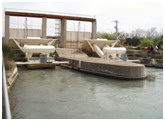 As support for their research, for the dissemination and exploitation of their results well as for training and teaching, the team develops simulation software. A preferred tool is SIC2 software (Integrated Simulation of Canals and their Control, http://sic.g-eau.net).
As support for their research, for the dissemination and exploitation of their results well as for training and teaching, the team develops simulation software. A preferred tool is SIC2 software (Integrated Simulation of Canals and their Control, http://sic.g-eau.net).
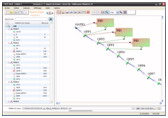
Other software developed by the team are OSIRRIS for the optimization of water towers, and TGR-GRP for operational flood forecasting.



